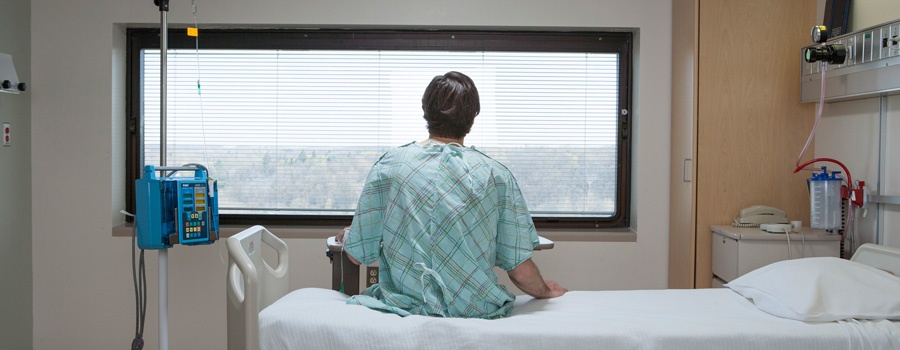Tag: Medicare
-

STUDY: Opioid Abuse Drops When Doctors Check Patients’ Drug History
ITHACA, N.Y. – There’s a simple way to reduce the opioid epidemic gripping the country, according to new Cornell University research: Make doctors check their patients’ previous prescriptions. The most significant response to the opioid epidemic comes from state governments. Nearly every state now has a database that tracks every prescription for opioids like OxyContin,…
-
Opinion: All Americans Need Access to Affordable, Quality Care
Editorial contributed by John Meigs Jr., M.D., president of the American Academy of Family Physicians, member of the Medical Association Board of Censors, and a family physician in Centreville, Ala. Editorial reprinted by permission. Since Election Day, health care analysts have tried to forecast the fate of our health care system. Much remains uncertain, but…
-

Medicare Releases 2017 Physician Fee Schedule Final Rule
The Centers for Medicare and Medicaid Services released its final rule for its 2017 physician fee schedule payment policies, which updates payment policies and payment rates for services provided under the Medicare Physician Fee Schedule (PFS) starting Jan 1, 2017. The 1,400-page 2017 final rule discusses changes to a number of new policies that reflect…
-

2017 Chronic Care Management Changes and Outsourcing Chronic Care
Medicare’s shift towards value-based care means the traditional model of health care reimbursement has just had a major shakeup. With value-based care, providers’ payments are now based on the value of care physicians deliver to patients and their health outcomes. Patients with chronic conditions often require greater care outside of the office. Beginning Jan. 1,…
-

What You Said About MACRA…
Just a few weeks ago, the Department of Health & Human Services dropped the finalized Medicare Access and CHIP Reauthorization Act of 2015 (MACRA) rule – a landmark new payment system moving health care to a merit-based payment system. The rule, weighing in at almost 2,400 pages, has garnered more than 4,000 public comments since…
-

Death vs. Another Hospital Stay: Study Suggests Medicare Should Weigh Them Equally
ANN ARBOR — In the last few years, American hospitals have focused like hawks on how to keep patients from coming back within a few weeks of getting out. Driven by new Medicare penalties for such events, the effort has slowed a ‘revolving door’ of readmissions for heart attack, heart failure and pneumonia patients that…
-

CMS Releases MACRA Final Rule
*Editor’s Note: The Medical Association will be studying the just-released MACRA rule and will be providing additional info as it becomes available. The Association and MGMA will co-host a free webinar, “MACRA: Essential Strategies in Economic Reform” on Nov. 7 from 12 p.m. to 1:30 p.m. Click here for more information. On Oct. 14, the…